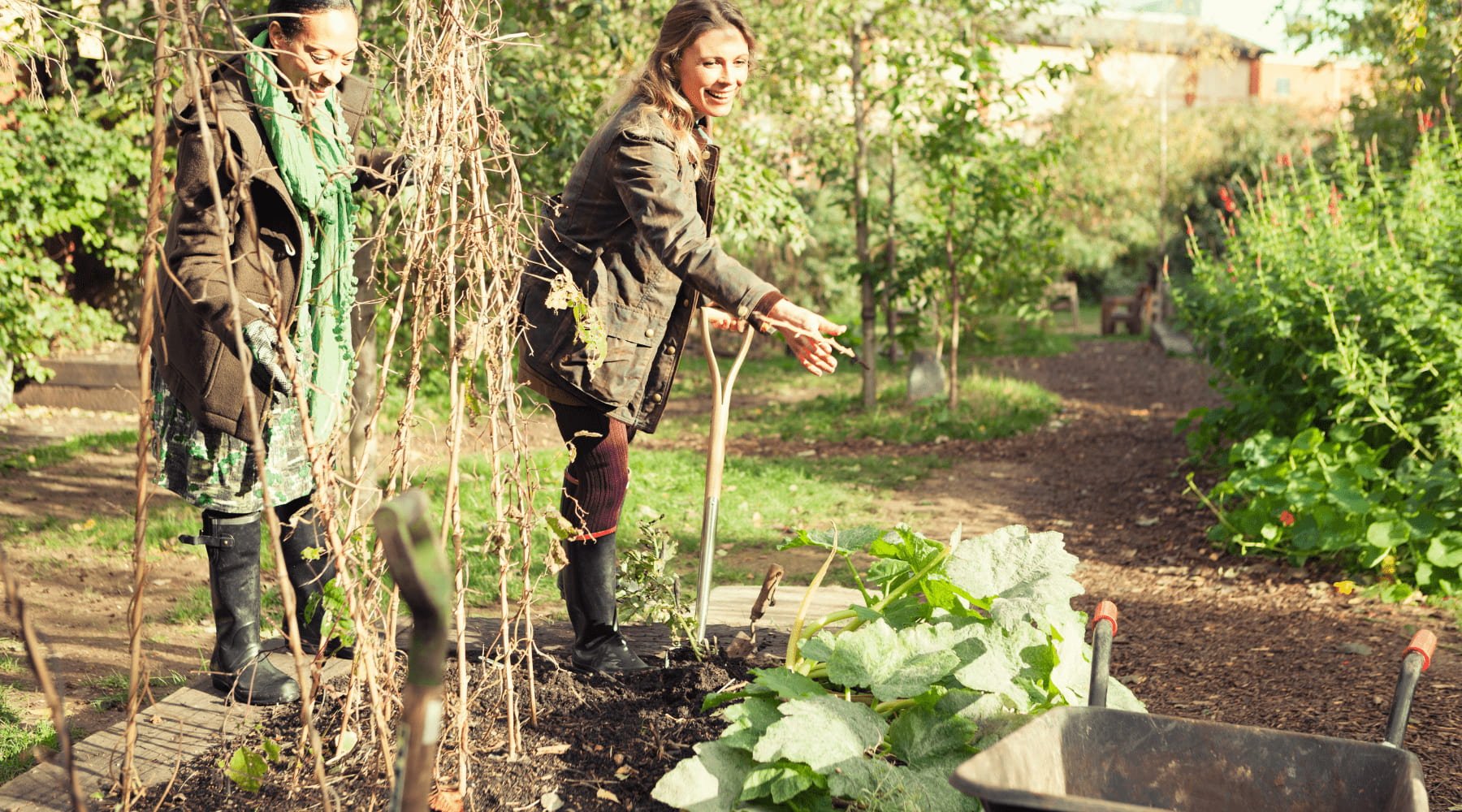
How to Prepare Your Garden in September for Fall Planting
In Texas and much of the South, “fall planting” doesn’t really wait for fall. It starts in September. This is the month to hit reset, clear out summer stragglers, give your soil a breather, and set the stage for cool-season crops.
Whether you’re dreaming of leafy greens or a flush of root vegetables, here’s how to get your beds back in shape for a productive fall garden.
1. Clear Out Summer Crops (Gently)
Start by pulling spent tomato vines, bolted basil, or exhausted squash plants. If they’re disease-free, add them to the compost pile. If you spot blight, rust, or mildew, throw them out instead—you don’t want those pathogens hitchhiking into your fall beds.
And don’t forget to harvest what’s left. Green tomatoes can ripen indoors, and mature basil can be dried or frozen for later.
2. Let the Soil Rest (Go Fallow)

After a long, hot summer, your soil is tired too. Giving it even a short rest, even two to three weeks can make a big difference. Going fallow helps:
- Break pest and disease cycles
- Rehydrate soil after summer heat
- Give microbial life a chance to rebound
- Create space for weed suppression
While it rests, keep the soil covered. Straw, a light tarp, or a quick cover crop like buckwheat can protect against erosion and keep microbes happy. Leaving your plants in the soil can deplete it further, so it's best to pull those out.
3. Test and Amend Your Soil
Texas soils are tricky—they can swing wildly in pH and nutrients. A simple soil test tells you what’s missing (after summer, nitrogen usually tops the list).

Based on results, work in compost, aged manure, or organic fertilizers. Colorado State University recommends for clayey soils (common in central Texas) to amend with organic material to promote better soil health and structure. In Central Texas, you may also benefit from:
- Green sand, Kelp meal, or Alfalfa meal (adds potassium)
- Soft rock phosphate, fish emulsion, bonemeal or manure (boosts phosphorus)
- Gypsum/lime (loosens heavy clay, adds calcium)
Texas A&M Agrilife Extension offers some of the best comprehensive soil testing in the nation, you can learn more about sending them a sample in here.
4. Water Deeply, Then Back Off
Before planting, give your garden a deep soak to recharge the soil profile. Then ease up—water once a week while the beds rest.
Of course, Texas weather likes to play tricks. Heavy rains? Scale back. Flash drought? Water a little more. Aim for moist, not soggy.
5. Time Your Fall Planting

Patience pays. Most fall crops prefer soil temps below 85°F. In Central Texas, that usually means late September into early October. You can refer to your specific planting zone in the map below determine planting times.
A rough timeline:
- Mid to Late September: Radish, arugula, kale, chard
- Early October: Carrots, beets, lettuce, spinach
- Later in Fall: Garlic, onions, fava beans

For more detail, see our [5 Best Vegetables to Plant in Central Texas This Fall].
Final Thought: A Breather for You and Your Soil
Letting your beds rest isn’t laziness—it’s smart, regenerative gardening. September prep sets you up not just for a vibrant fall harvest, but also for healthier soil next spring.
So clear, rest, water, and plant with intention. Your garden—and your future self—will thank you.